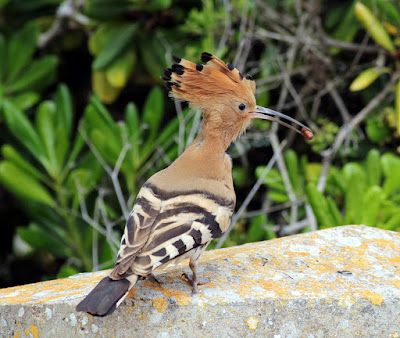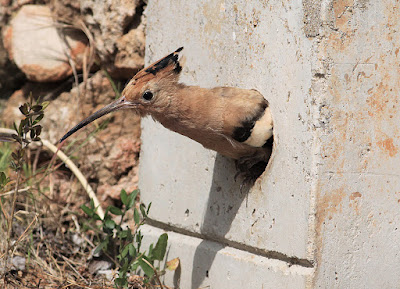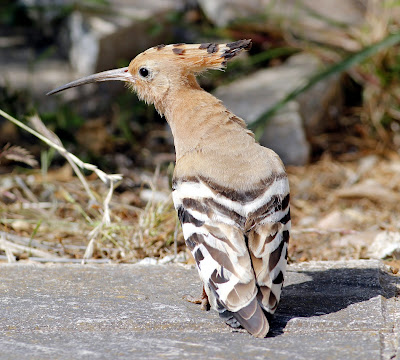On Wednesday morning I met up with Andy at 0815 to a cold, frosty start of minus 1.5° degrees – not the best conditions for messing about with metal poles, pegs and cords. We had coffee, five layers, the will to succeed, and as usual, lots of theories. Ringers will know exactly what I mean.
Setting Up
The catch seemed as they say, pretty much “nailed on.” I’d been topping up the Linnets’ supplementary winter diet for days without an opportune day for catching purposes. Topping up trips of 27 December and 29 December had given counts of 50+ and 70+ Linnets respectively. Even better, recent cold mornings had witnessed the Linnets hunger by their wasting no time to drop onto the niger, millet and rape seed mix. Gangs of 20 to 40 birds in the immediate catching area had been regular, if as flighty as ever. Timing pulls of the whoosh net would be crucial if we wanted a good sized catch today.
However, the schemes of mice and men rarely if ever turn out exactly as planned. The Linnets were less in numbers, a max count of 35 all morning and they seemed reluctant to stop in the catching zone.
Eventually we caught a couple of times and finished up with just 8 new ones - 3 first winter males, 2 first winter females, 2 adult males and 1 adult female.
Linnet
Although the catch was poor a series of such numbers and a winter total in excess of 100 Linnets will help our ideas about the proportion of Scottish Linnets in this winter’s birds. Although for now we have rejected the concept of their being a proven Scottish sub-species, Linaria cannabina autochthona (in litt) previous winters have shown that a proportion of the Linnets we catch are definitely darker, bigger, and longer-winged than their archetypal English cousins. We are sure that such variation is clinal rather than species driven.
In between our ringing we noted other birds as 1 Wren, 1 Barn Owl, 1 Kestrel, 1 Robin, 1 Reed Bunting, 2 Stonechat and 2 Little Egret.
Meanwhile back at home Sue had been busy going through the Christmas cards in readiness for recycling.
I had plans for one card in particular.
A Blogger pal, Rain Frances who lives in New Brunswick, Canadian Maritimes, had posted us a card of one of her original and signed pen and graphite sketches. This now sits framed on my office window sill.
Lucille Ball by Rain Frances
For those of a certain age, the portrait is immediately recognisable as Lucille Ball in the 1952 B&W episode of Lucy & The Chocolate Factory.
Rain is a talented amateur artist with plans to sell her work soon through an Internet market place like Etsy. You can visit Rain's blog and admire her creativity at Rain Frances.
Here's wishing Rain and all my blogging pals a Happy and Prosperous New Year.
See you soon.

































































.jpg)











